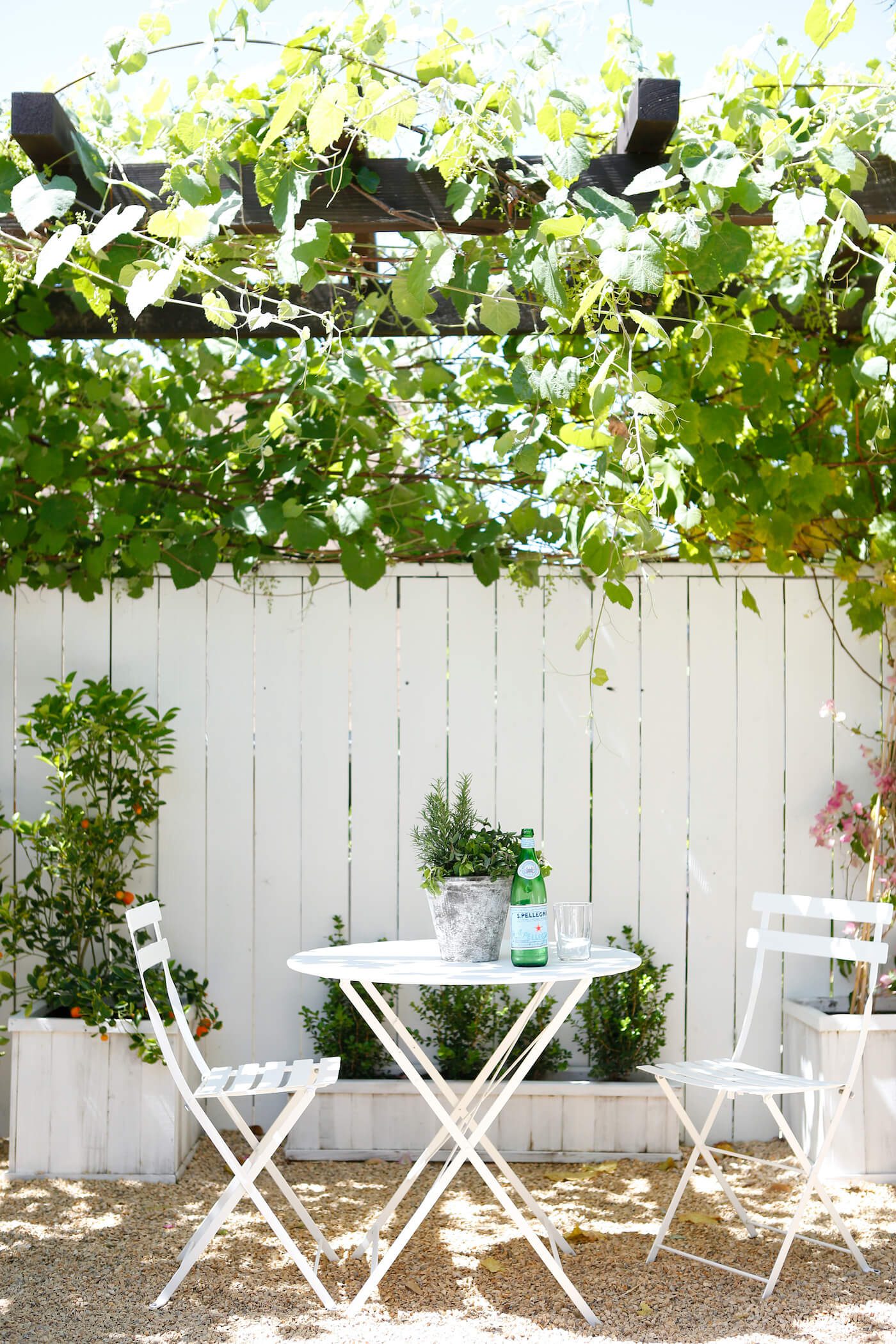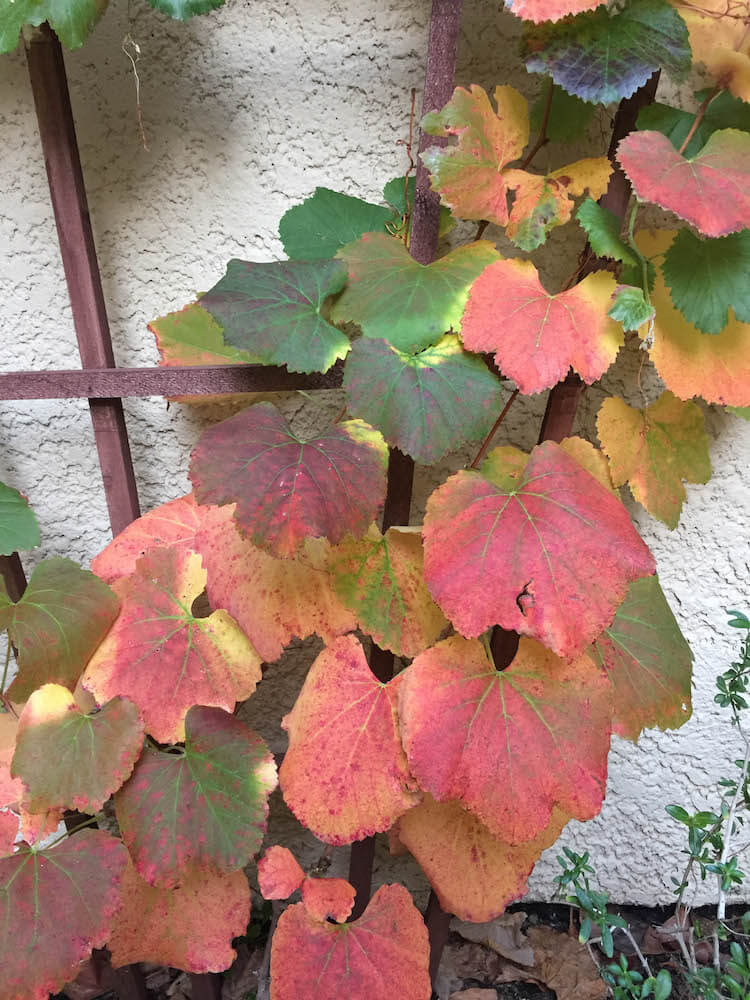How To Grow Grapes in Your Backyard

Dreaming about dining al fresco in your own backyard vineyard? Here’s how to grow grapes for your own little grape getaway.
Choose a Planting Time
When you plant your grapevines will depend on your area’s climate zone. If you live in an area that has mild winters (zones 7-10), you can plant your grapes in late fall or early winter. If you live in zones 4-6, where growing seasons are short, wait until early spring.

Pick the Right Variety
There are plenty of different grape varieties to choose from, so get one that will grow well in your area. Unless you live in places like northern Minnesota or South Florida, you can probably grow grapes. Grapes can grow even in blazing hot places with clay soil.
Also Read: 5 Ways to Step Up Your Backyard Design
When I was a child in South Texas, we had a robust grape vine that unfurled itself across the entire chain link fence every summer. By around July, the fence was heavy with fruit. The grapes weren’t good to eat on their own, and looking back, they were most likely wine grapes. But they made plenty of delicious jam every year.
Check with your local garden center or agricultural extension center, or take a look at some of the most popular grapes to grow in America for advice on what varieties are best for your backyard. Unless you want to make wine, which requires that you plant a lot of vines, go for table grape varieties that grow well in your climate.
Region-specific grape growing advice is most—pardon the pun—fruitful. For example, I live in North Carolina, and even within my own state, the grapes I would choose depend on where in the state I’m trying to grow them. A local website can help you choose the variety that works best. If you can’t Google advice specific to your region, finding an expert in your locally-owned garden center is also a good bet.

Also Read: Tips for Summer Decor in Your Home
Choose the Right Location
Grapes like full sun and well-drained soil. If your soil has too much clay in it, amend the soil in your grape arbor with vermiculite. If the soil is poor, amend it with compost or manure. You should plant grape vines in early spring.
Check the Soil
Grapes like slightly acidic soil best (pH range of 5.5 to 6.5). If you’re not sure about the pH of your backyard’s soil, you can buy an inexpensive testing kit at your garden center or home improvement big box store. If the pH in the place where you want to put your vineyard isn’t ideal, you can alter it with soil amendments. Be careful not to over-fertilize, though, or you’ll create more problems than you solve.

Photograph by Victoria Van Vlear.
Dig Deep
You need to dig at least a two-foot hole for each vine because grapes like to establish deep roots. Unless you’re planning a big enterprise of some sort, you need only one or two vines to have plenty of grapes every summer. If you’re planting more than one vine, space them 6-10 feet apart, as The Farmer’s Almanac advises.
Also make sure you give your grapes something to climb on. These are vines, after all. They don’t need anything fancy. A fence or trellis will do.
Wait
You won’t have any fruit the first year.

Prune Wisely to Grow Grapes
After the first year, as winter is beginning to warm into spring, prune your vine back to the one straight cane that will become the trunk. Tie it to your fence or trellis to encourage it to grow straight. You may have to tie it several times during your vine’s second summer. You’re going for two main branches that grow from your trunk to both sides of your fence or trellis.
There’s lots of pruning advice out there, depending on the age of your vine and your goals, so we won’t go into pruning much more here. Just check a good gardening site late every winter for advice, and return to it for advice on the lighter clipping you should do every summer. We like the grape vine pruning advice from the University of Minnesota Extension because it’s easy to understand and has illustrations.
Revive Vines with Judicious Pruning
Grape vines can bear fruit for 50 years, so don’t give up if you’re lucky enough to have a neglected vine in your yard. You can likely save it with some judicious pruning and have delicious fruit every summer!
Want more gardening tips? Check out how to start seeds indoors. Of course, don’t forget to follow us on Instagram, Facebook and Pinterest for more daily inspiration and farmhouse style.










